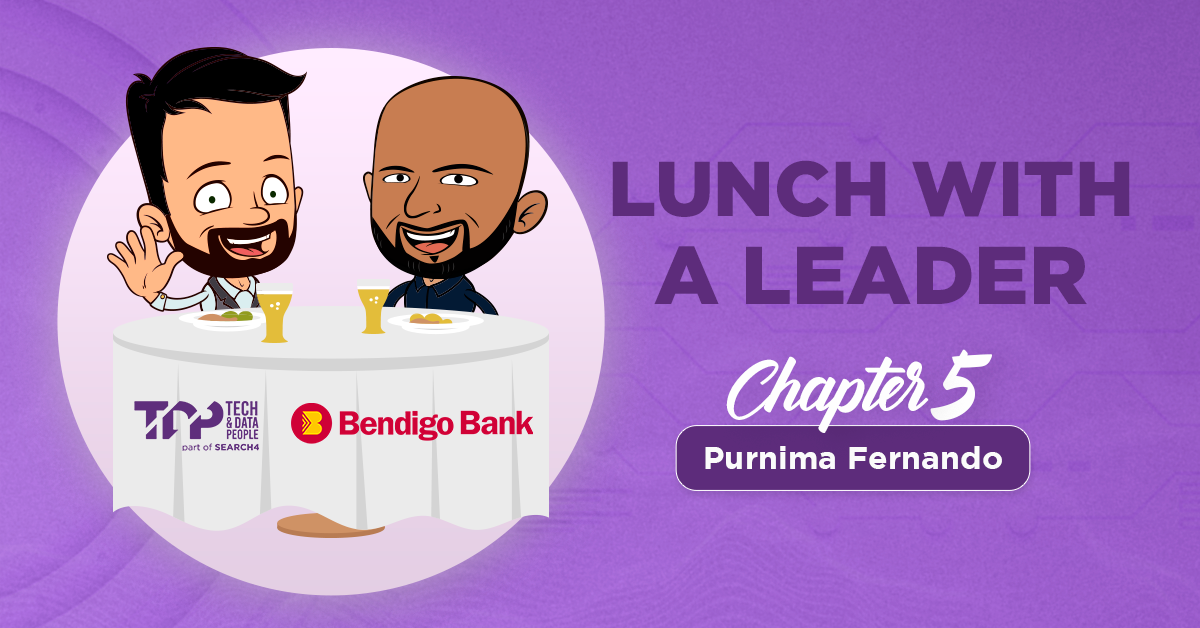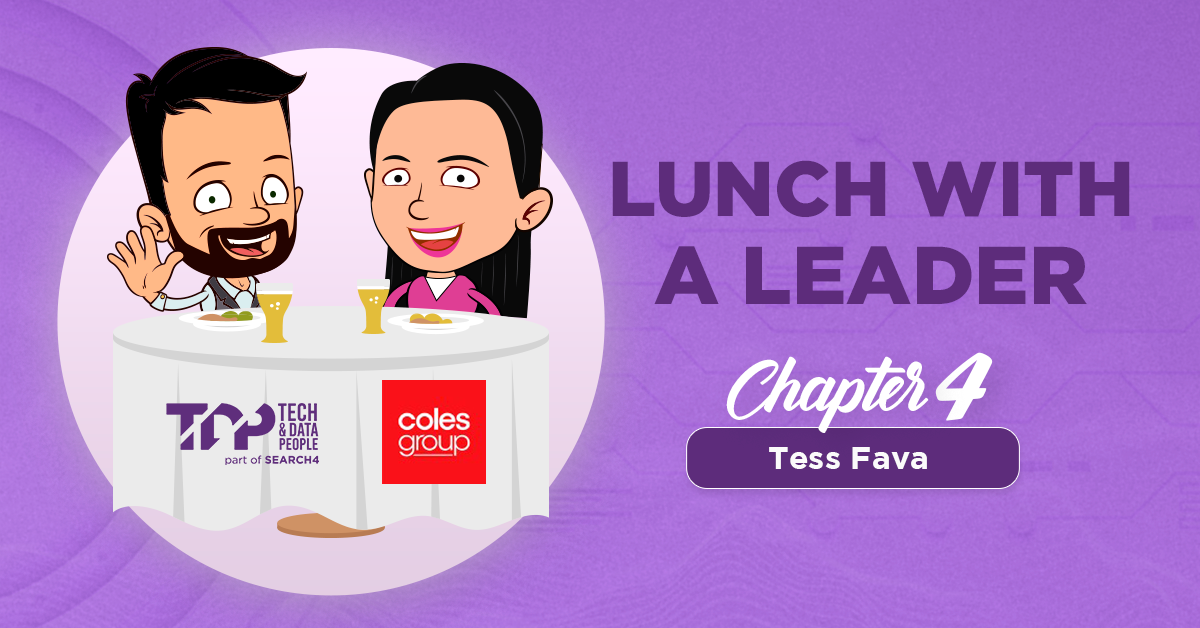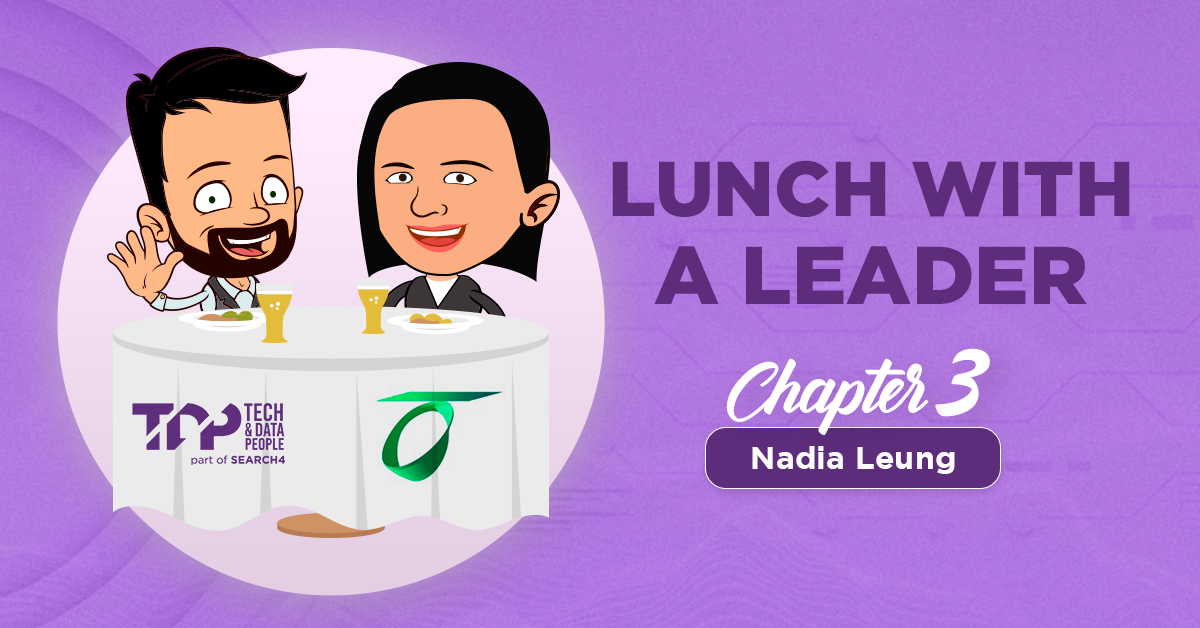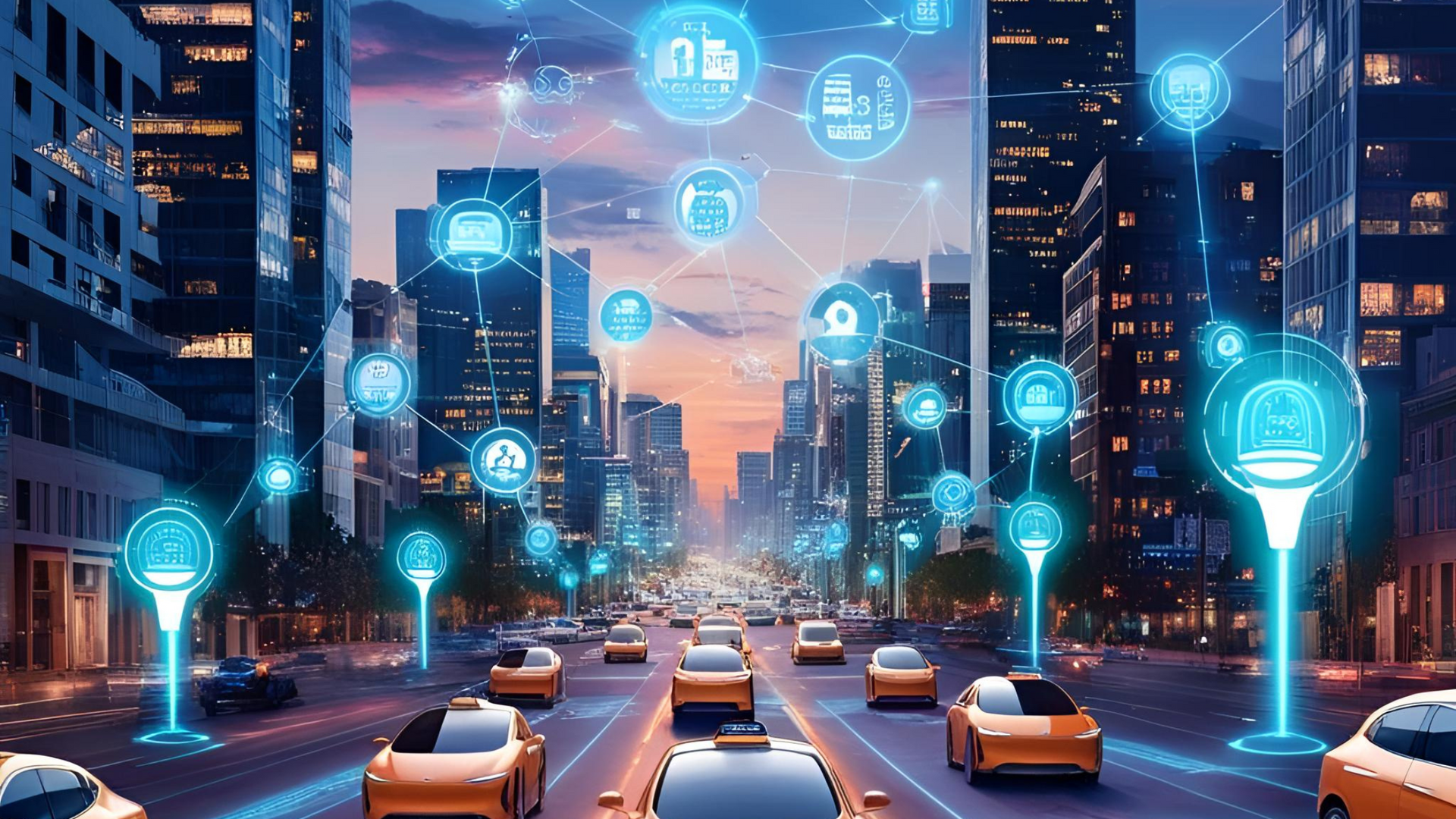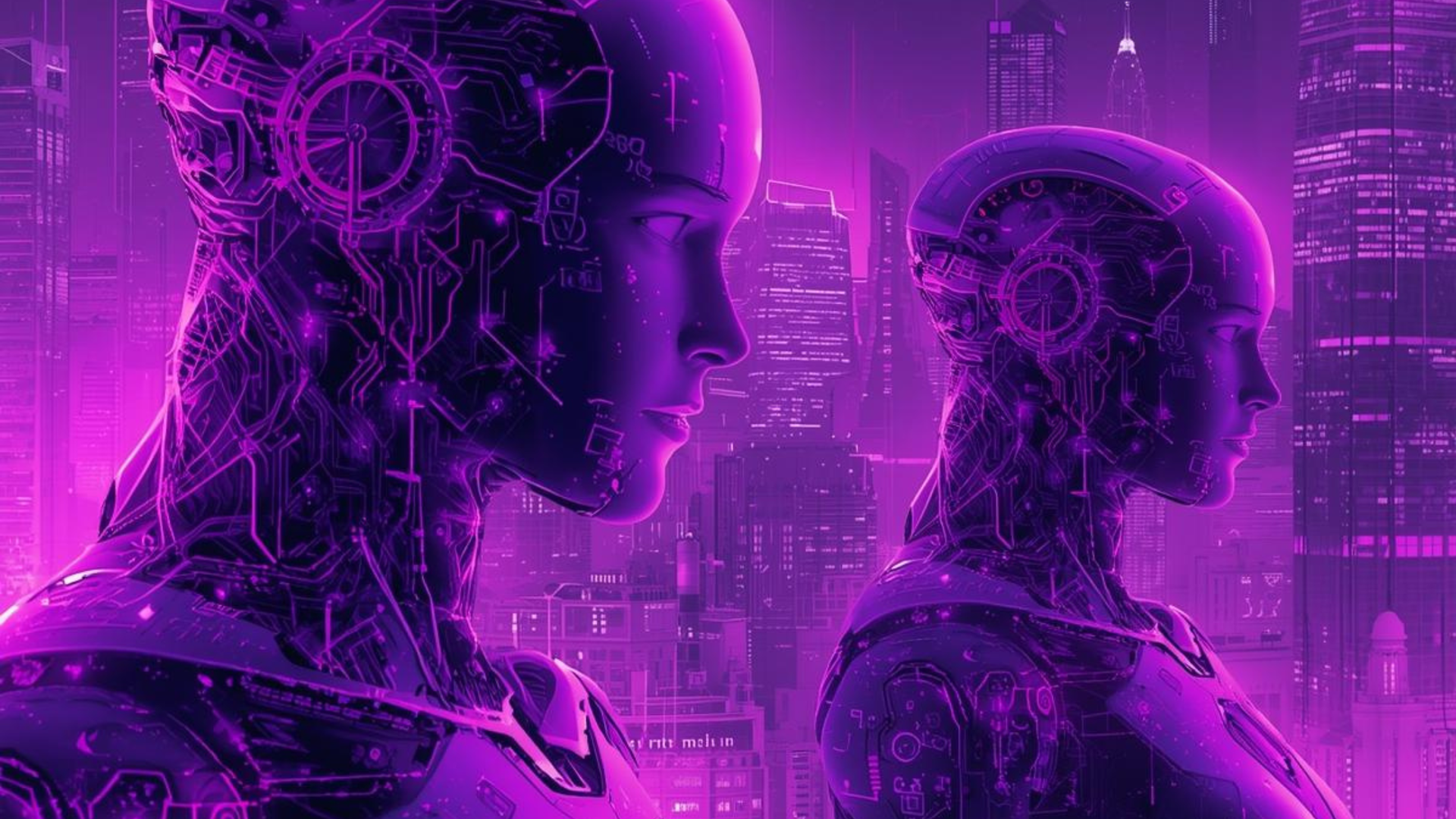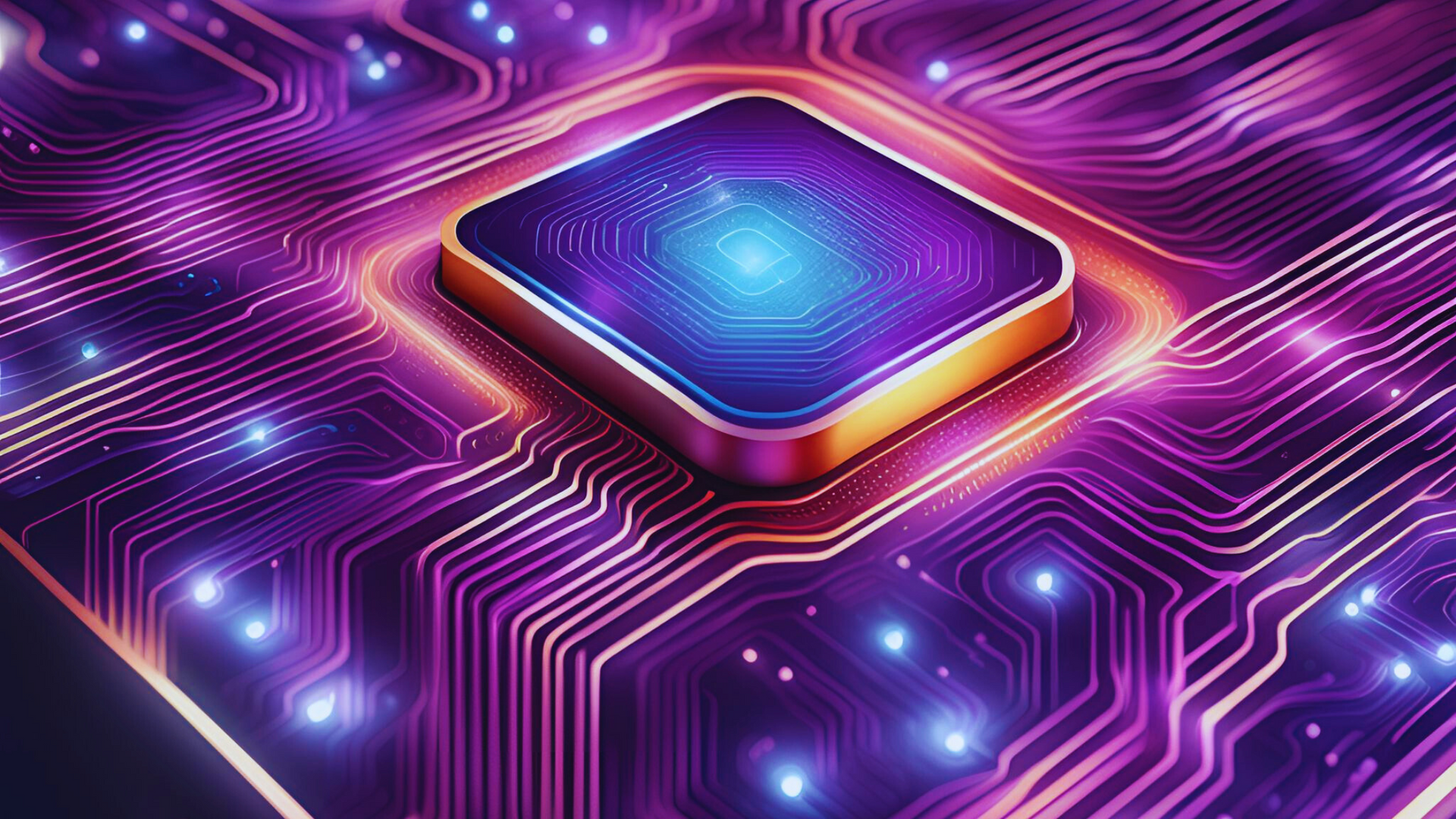Blogs
Lunch With a Leader: Chapter 6 – Supriya Arora

Welcome to Lunch With a Leader, where the Tech & Data People team sits down with IT leaders to uncover their career insights, challenges, and industry perspectives. Each conversation brings valuable lessons, trends, and advice to help our community grow and thrive.
Grab a seat at the table and take in the insights from some of the best in the business.
When you speak with Supriya Arora, General Manager of the Enterprise Project Management Office at Aussie Broadband, one thing becomes clear immediately: she’s not just thinking about what gets delivered — she’s laser-focused on why.
Her journey into portfolio management wasn’t the result of a carefully plotted career map, but rather a mix of curiosity, opportunity, and a drive to connect the dots between strategy and execution. That curiosity has shaped her leadership style, her approach to collaboration, and her vision for the future of enterprise portfolio management.
In this chapter of Lunch With a Leader, Supriya shares the lessons learned from leading through uncertainty, why vulnerability and transparency are leadership superpowers, and how the shift from static reporting to value realisation is redefining the role of portfolio management in modern organisations.
1. What sparked your interest in portfolio management, and how did your career path lead you to your current role?
For me, getting into portfolio management was a happy accident! I started my career as a project analyst, which naturally evolved into various delivery roles. I enjoyed those experiences, but one question kept coming back to me, no matter the project: "Why are we doing this? Why are we delivering this particular project?"
That constant curiosity about the bigger picture set the stage for the next step. When the opportunity to move into portfolio management came my way, I jumped at it and grabbed it with both hands! It felt like stepping into a whole new world – one focused on answering that "why."
Portfolio management isn’t about simply taking orders; it’s about understanding the value each project brings and how it connects back to the organisation’s broader strategy. For me, connecting those dots is incredibly rewarding. That passion has been the driving force behind my journey to where I am today.
2. What were some of the biggest challenges you’ve faced as a GM and Head Of in EPMO, and what key lessons have shaped your approach to leadership?
One of the biggest challenges I’ve faced in EPMO leadership is leading through uncertainty. Often, you’re given a broad directive, but the path forward is undefined. Deciding which decision to make, and when, can be incredibly tricky when there are so many moving parts and the future isn’t entirely clear. Guiding your team through that ambiguity — while being the one responsible for charting the course — is no small task.
The most valuable lesson I’ve learned from this is the power of transparency. If I pretend to have all the answers when I don’t, trust quickly erodes.
Instead, I’m open with my team and we work through challenges together. This way, they’re not just executing instructions; they’re part of shaping the approach and invested in both the process and the outcome.
I’ve also learned that vulnerability breeds trust. Always projecting certainty can create distance, but admitting when you don’t have all the answers builds connection. By embracing vulnerability, you create shared ownership, stronger collaboration, and a team that truly feels part of the journey.
3. How do you foster collaboration across teams and stakeholders to ensure alignment and successful portfolio outcomes?
As a leader, I've found that transparency and vulnerability are the cornerstones of trust - and trust is what makes true collaboration possible. I aim to create an environment where people feel comfortable sharing ideas, raising concerns and contributing insights without fear of judgment.
A big part of this is taking a strategic approach to understanding an organisation’s dynamics. I use a “stakeholder matrix” to identify key players:
- Influencers – those who can sway opinions and rally support
- Whisperers – behind-the-scenes voices with significant informal influence
- Doers – the people who execute and keep projects moving
- Decision-Makers – those who approve strategies and allocate resources
- Informed Stakeholders – individuals who need updates but aren’t involved in daily decisions.
Once I know who’s who, I tailor my engagement style accordingly. Influencers and whisperers, in particular, are high-touch for me. They’re often the catalysts for change and the ones who can secure broad buy-in.
Ultimately, successful collaboration boils down to being authentically human. By showing your personal side and embracing vulnerability, you not only strengthen relationships but also create a more open, cohesive environment where alignment is natural and portfolio outcomes are stronger.
4. How has the landscape of enterprise portfolio management changed over the years, and how do you see it evolving in the future?
The landscape of enterprise portfolio management has undergone a dramatic transformation. In the past, it was primarily about static reporting - aggregating project statuses and pushing them upward. The focus was on what was happening, not why, and certainly not on the impact being created.
Today, the paradigm has shifted significantly towards value realisation.
The critical question is no longer just "Are we on track?" but "What value is our portfolio driving?"
This shift has elevated portfolio management from an administrative reporting function to a strategic partner with a genuine seat at the table. Now, it’s valued for shaping decisions and articulating the impact of investments.
Looking ahead, I see four major trends defining the future:
- Tighter integration with strategic planning - A tighter coupling between the organisation's overarching strategy and the portfolio of initiatives designed to achieve it.
- Greater emphasis on predictive analytics and AI - Leveraging data to anticipate risks, optimise resource allocation, and forecast future value.
- Agile portfolio management - Adapting more quickly to change and delivering value iteratively.
- Enhanced focus on outcomes over outputs - A continued drive to measure and report real business impact, not just project deliverables.
This evolution cements enterprise portfolio management as a strategic enabler, helping organisations invest smarter, adapt faster and sustain competitive advantage.
5. What advice would you give to professionals who aspire to leadership roles within enterprise portfolio management?
Cultivate Relentless Curiosity & Don't Be Afraid to Ask Questions
Seriously, stay curious and ask questions. Every question is an opportunity to learn. If you're genuinely curious about how and why things happen, you're already on the right track. Asking thoughtful questions helps you see the bigger picture, demonstrates your engagement and shows your commitment to improvement. It's how you uncover root causes, identify opportunities and ultimately drive better outcomes.
Embrace Discomfort & Venture into Unknown Territory
It might sound counterintuitive, but real growth happens when you step into the unfamiliar. The moments that stretched me most in my career were those where I took a calculated risk and embraced uncertainty. If you only stick to what you know, your development will stagnate. Seek out opportunities that challenge your thinking and push your boundaries - this is where the deepest learning and most meaningful progress occur.
Seek Out & Leverage a Mentor
Finally, find a mentor. The best mentors have “battle scars”; they’ve navigated similar challenges, learned from both successes and failures, and can offer insights you can’t get from books or training alone. Their perspective can help you avoid pitfalls, solve complex problems, and accelerate your growth. A strong mentor provides a safe space for honest discussion and guidance, making them invaluable to your leadership journey.
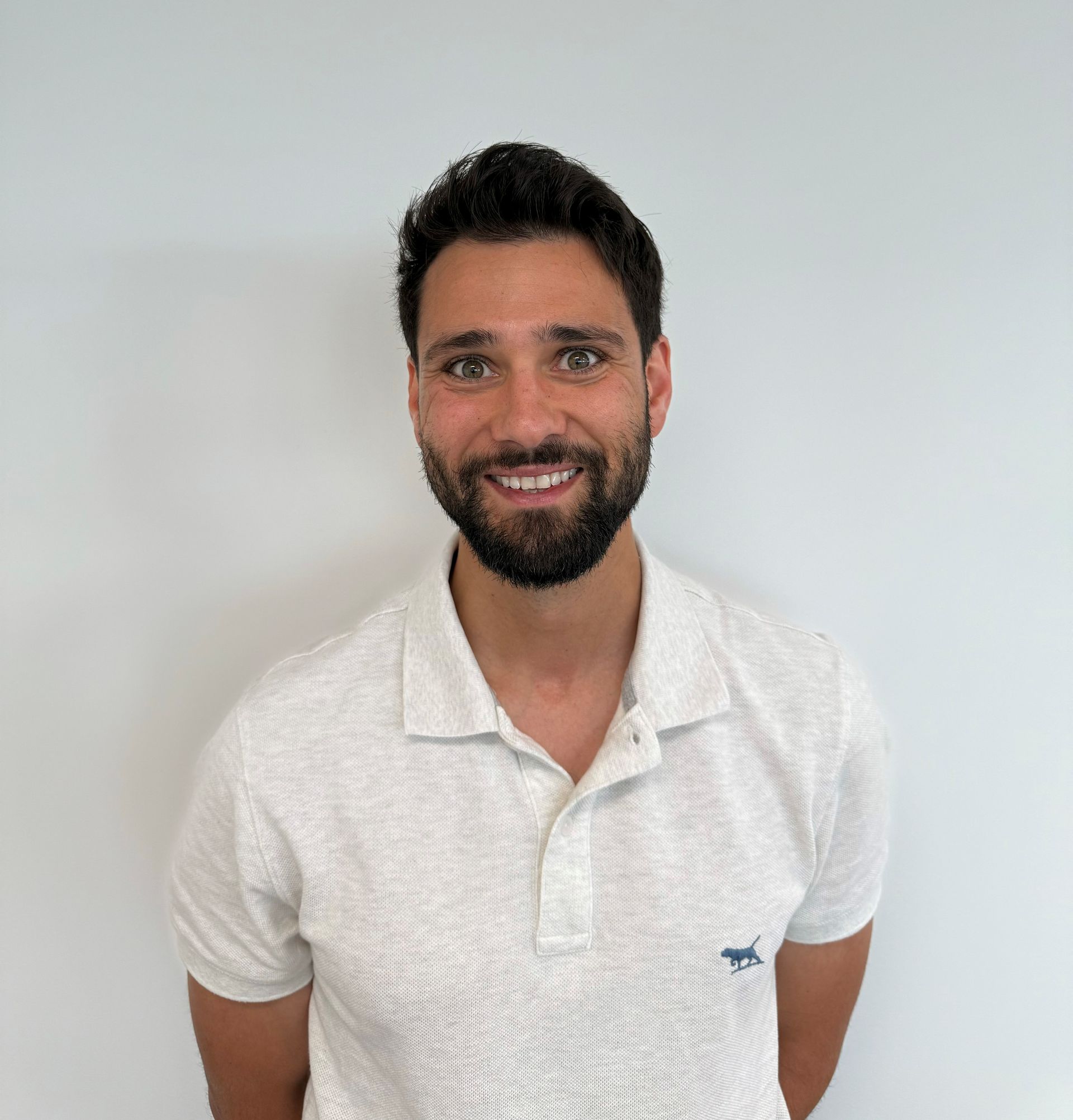
State Lead, VIC
